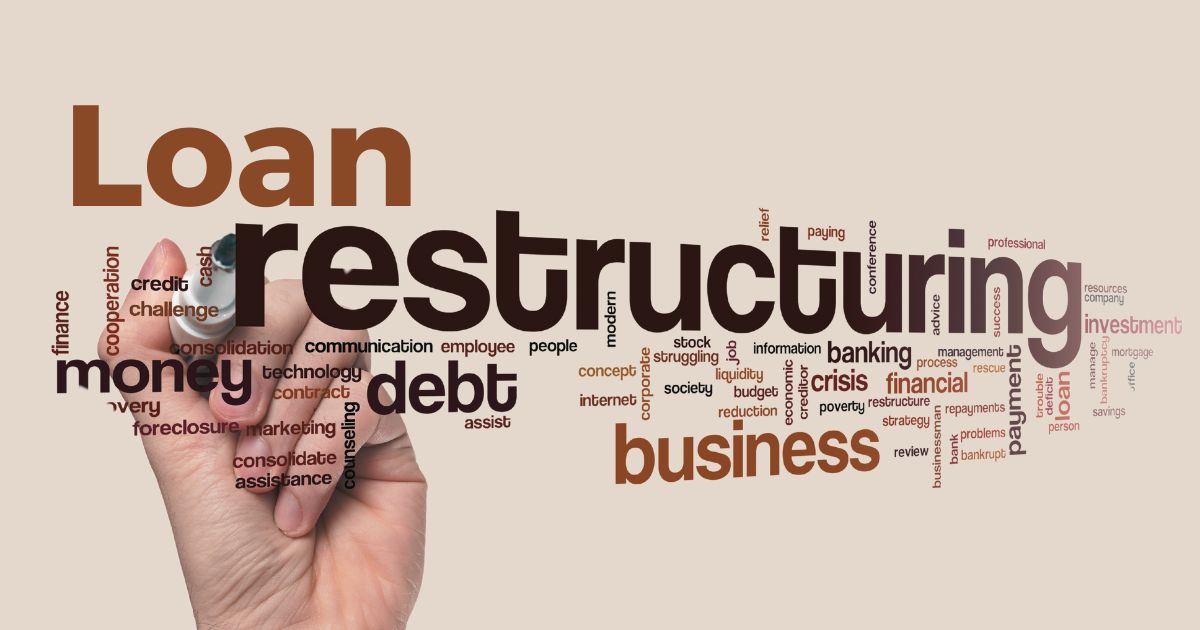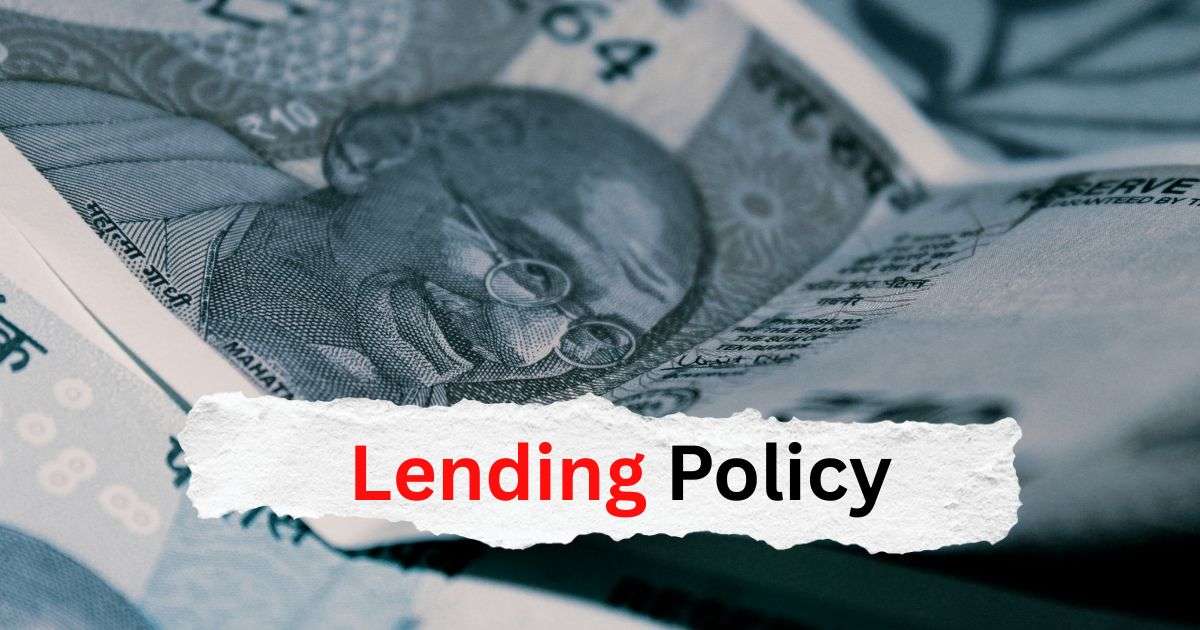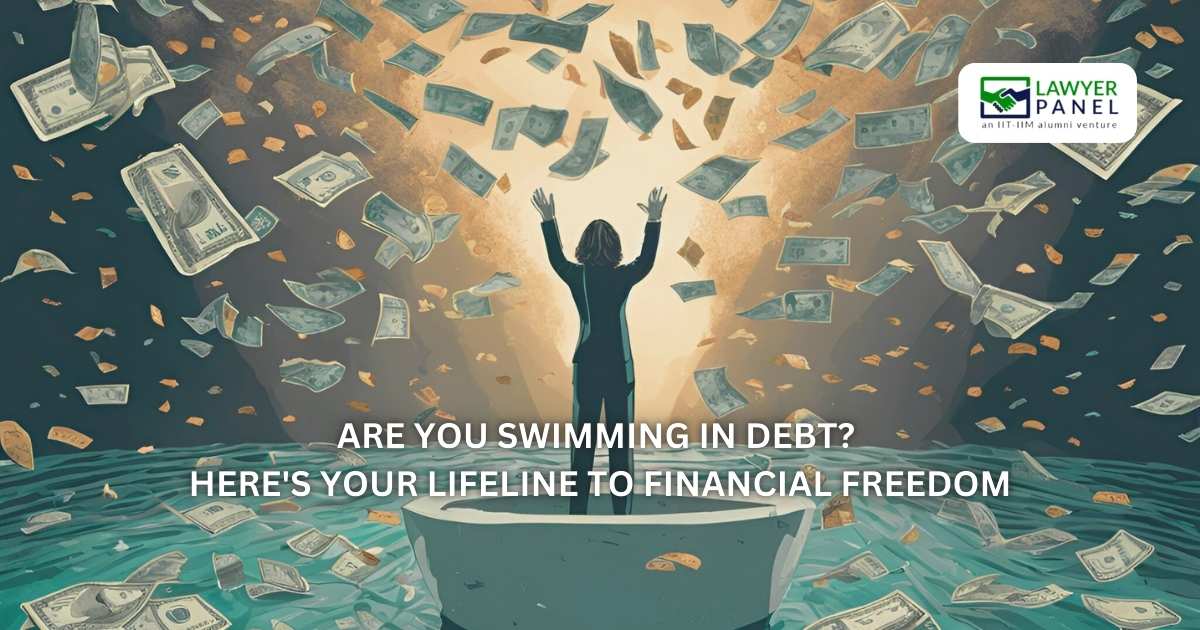Debt Resolution · 3 min read
Loans Against LIC Policies: Pros and Cons
A popular financial option these days is a loan against LIC, especially for those individuals who are ready to submit their life insurance as collateral to meet any urgent financial obligation. In this kind of loan, policyholders can use their policy as collateral to obtain the loan. While there are certain advantages, there are also some drawbacks. Let’s explore the pros and cons of such loans through this blog.

A popular financial option these days is a loan against LIC, especially for those individuals who are ready to submit their life insurance as collateral to meet any urgent financial obligation. In this kind of loan, policyholders can use their policy as collateral to obtain the loan. While there are certain advantages, there are also some drawbacks. Let’s explore the pros and cons of such loans through this blog.
What is a Loan Against an LIC Policy?
A loan against an LIC policy simply means a loan where your policy acts as security. The amount of the loan depends on the surrender value of the policy and the terms set by LIC. The borrower has to repay the loan along with interest, and if the borrower fails to repay the loan, the lender has the right to recover the outstanding amount from the policy’s surrender value or sum assured.
Pros of Loans Against LIC Policies:
Quick and Easy Access to Funds: One of the main benefits of taking a loan against your LIC policy is the quick access to funds. Unlike the traditional loan process, there is no need for extensive documentation or a credit check. The loan amount is based on the policy’s value, simplifying the process.
Lower Interest Rates: The interest rates for loans against LIC policies are lower compared to unsecured loans or credit cards, making it an attractive option for those in need of emergency funds.
No Requirement to Liquidate the Policy: When a loan is taken against the policy, you don’t have to surrender the policy. This kind of loan allows the borrower to retain the policy and continue benefiting from the insurance coverage. Even if a loan is taken, the long-term benefits of the policy are not lost.
Flexible Repayment Terms: A loan against a policy offers a more flexible repayment plan. If the borrower arranges the funds before the repayment date, the loan can be repaid easily.
Cons of Loans Against LIC Policies:
Risk of Policy Lapse: If the borrower fails to repay the loan, the insurer can recover the outstanding amount by adjusting it against the policy’s sum assured. This can reduce or even cause the policy to lapse.
Lower Loan Amount: The loan amount is based on a percentage of the policy’s surrender value, which may limit the loan amount and may not cover larger financial needs. This can be a drawback if a substantial amount of money is needed.
Interest Accumulation: If the loan and repayment plan are not managed wisely, the interest on the loan can accumulate over time, significantly adding to the financial burden.
Impact on Policy Benefits: If the loan is not repaid on time, the policy’s maturity value can be affected. In the worst-case scenario, the policy could be terminated, and all benefits would be lost, defeating the purpose of the insurance policy.
Limited to LIC Policies: This type of loan is limited to LIC policies, meaning one must own an LIC policy to be eligible for the loan.
Conclusion
If someone is in urgent need of funds, a loan against an LIC policy can be a viable option, with advantages such as lower interest rates, flexible repayment plans, and the ability to keep the policy active. However, it comes with drawbacks, including a limited loan amount, interest accumulation, and the risk of losing the policy if the loan is not repaid on time.



